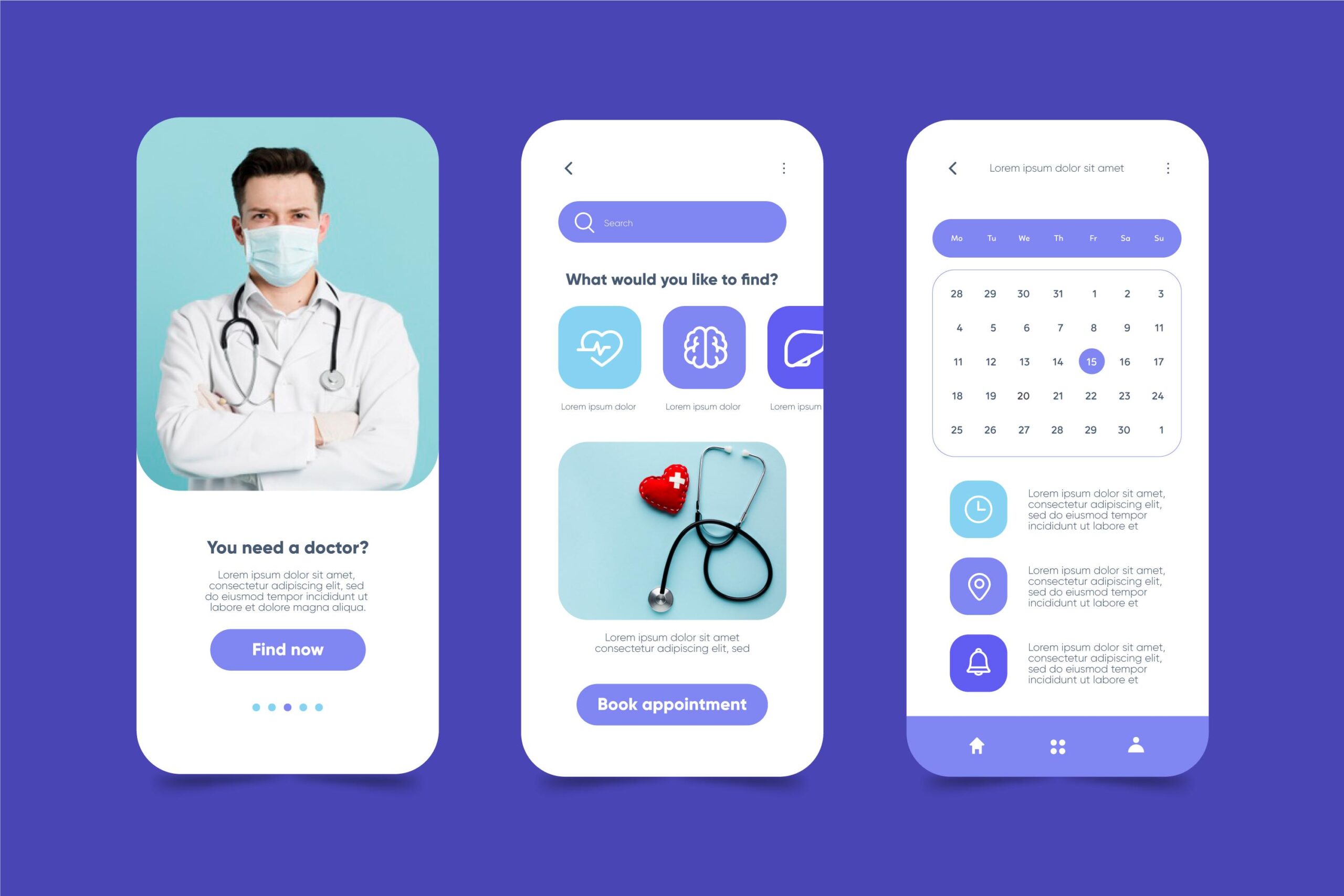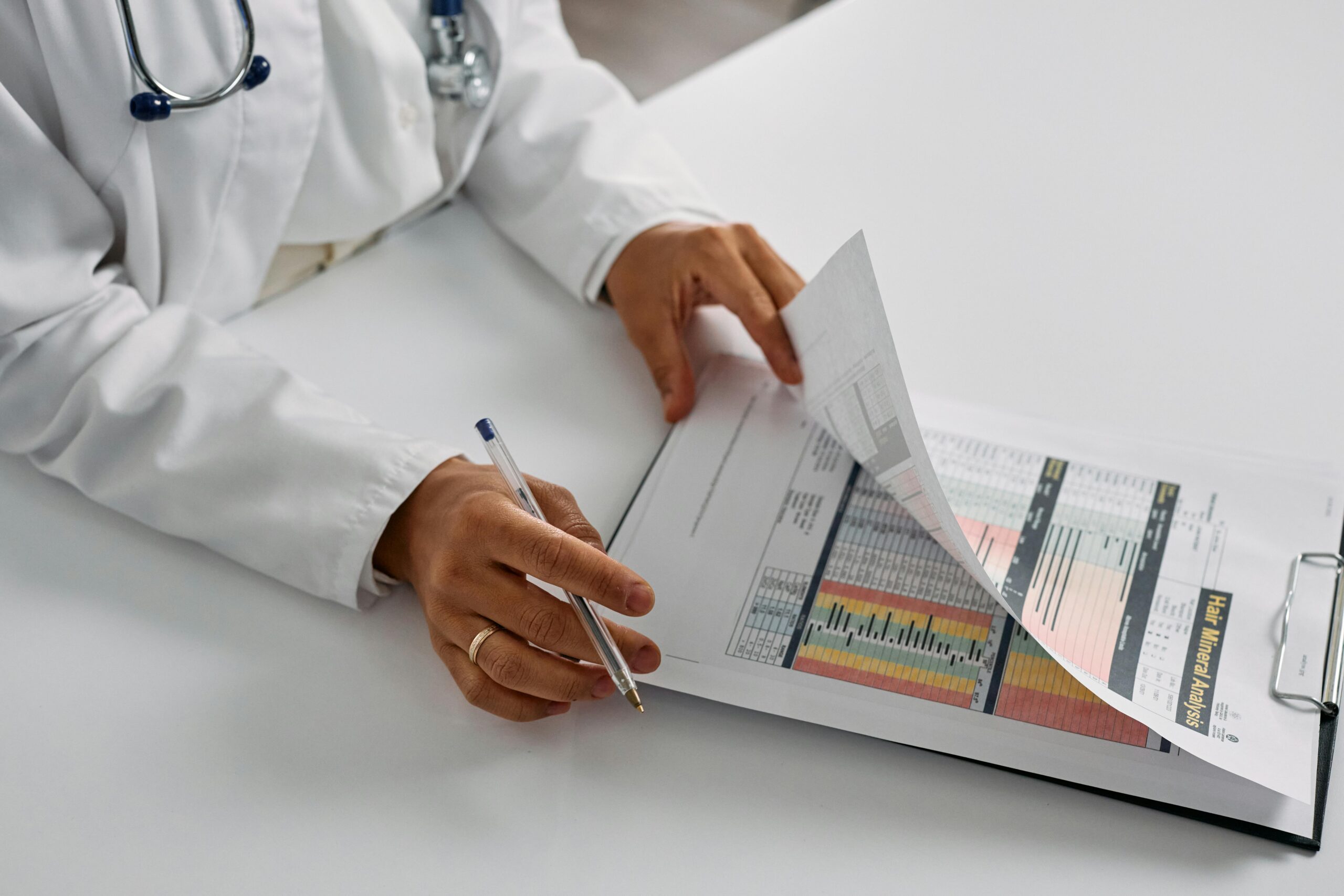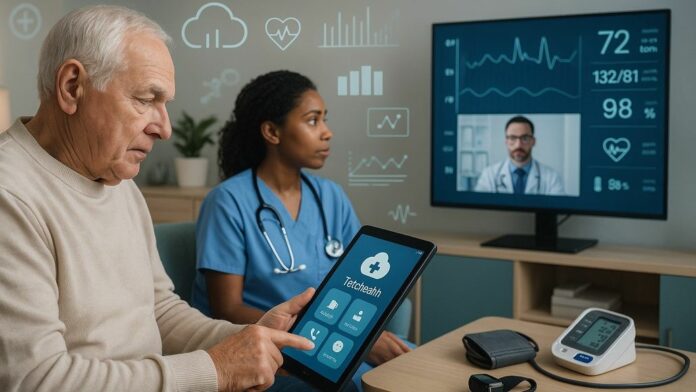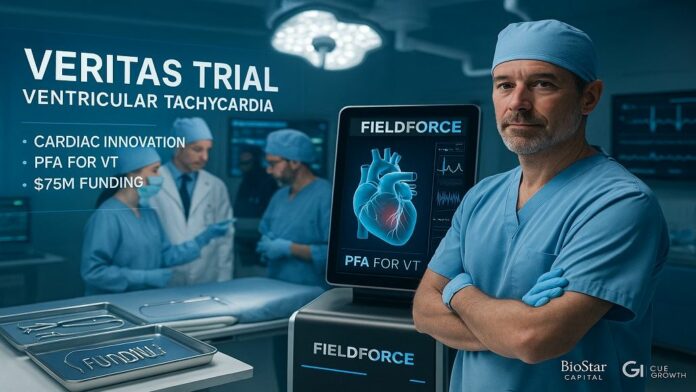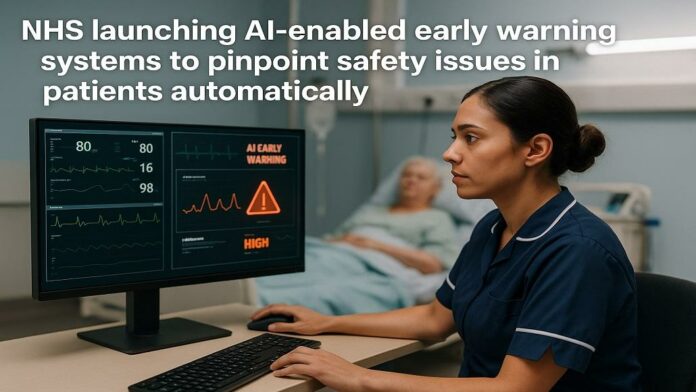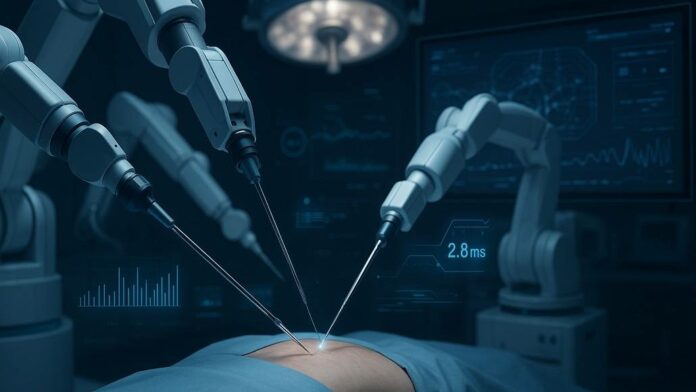Want to know how doctors are catching skin cancer faster than ever before?
The technology revolution in dermatology is absolutely mind-blowing. We’re talking about AI systems that can spot deadly melanomas in seconds, handheld devices that see beneath your skin, and digital tools that are literally saving thousands of lives every year.
Traditional skin cancer detection relied heavily on the naked eye and years of training. But even the most experienced dermatologists can miss early signs of cancer…
That’s where cutting-edge technology steps in to change everything.
What you’ll discover:
- Revolutionary AI Detection Methods
- Digital Dermoscopy Breakthroughs
- Smartphone Apps That Actually Work
- The Future of Skin Cancer Screening
Revolutionary AI Detection Methods
Artificial intelligence is completely transforming how dermatologists detect skin cancer.
And the results are incredible.
Recent studies show that AI algorithms achieve 87% sensitivity in detecting malignant lesions – that’s better than many human specialists working without tech assistance.
But here’s what’s really exciting…
AI doesn’t get tired. It doesn’t have bad days. And it can analyze thousands of images in the time it takes a doctor to examine just one patient.
The technology works by training deep learning models on massive datasets of skin lesions. These neural networks learn to recognize patterns that even trained eyes might miss. When a suspicious mole or lesion is photographed, the AI can instantly flag potential cancers with remarkable accuracy.
How AI Actually Works in Practice
Think of AI as your dermatologist’s super-powered assistant.
The process is surprisingly simple. A high-resolution image gets fed into the system, and within seconds, the AI provides a risk assessment. It’s not replacing doctors – it’s making them incredibly more effective.
Here’s why this matters:
Early detection is everything with skin cancer. Melanoma has a 99% survival rate when caught in its earliest stages. But once it spreads, survival rates plummet dramatically.
Professional skin cancer clinics are now integrating these AI systems into their daily workflows. The technology helps prioritize which patients need immediate attention and which can safely wait for routine follow-ups.
Digital Dermoscopy Breakthroughs
Remember when dermatologists used simple magnifying glasses?
Those days are long gone.
Digital dermoscopy represents one of the biggest leaps forward in skin cancer detection technology. These sophisticated instruments capture incredibly detailed images of skin lesions, revealing structures invisible to the naked eye.
The game-changer?
Modern dermoscopes can magnify skin lesions up to 100x while using specialized lighting to highlight different tissue layers. This level of detail allows doctors to spot cancer indicators that would be completely missed during standard visual examinations.
What Makes Digital Dermoscopy So Powerful
The technology reveals the “architecture” beneath your skin’s surface.
Cancerous lesions have specific patterns – irregular blood vessels, asymmetrical pigmentation, and chaotic cellular structures. Digital dermoscopy makes these warning signs crystal clear.
But here’s where it gets really interesting…
Many modern dermoscopes integrate directly with AI analysis software. The moment an image is captured, intelligent algorithms begin analyzing it for cancer markers. This combination of high-resolution imaging and artificial intelligence creates an incredibly powerful diagnostic tool.
Professional dermatologists report that digital dermoscopy increases their diagnostic confidence by over 40%.
The technology also creates permanent digital records, allowing doctors to track changes in suspicious lesions over time. This longitudinal monitoring is crucial for catching slow-developing cancers that might otherwise go unnoticed.
Smartphone Apps That Actually Work
Here’s something that might surprise you…
Your smartphone can now detect skin cancer with FDA-approved accuracy.
We’re not talking about those questionable health apps you see advertised everywhere. These are legitimate medical devices that happen to work through your phone.
FDA-Approved Mobile Technology
In 2024, the FDA authorized DermaSensor – the first AI-enabled device designed for primary care physicians to detect skin cancer. The device shows 96% sensitivity for detecting the three most common skin cancers.
Here’s how it works:
The handheld device connects to a smartphone and uses spectroscopic analysis to examine suspicious lesions. It takes multiple spectral recordings and provides an instant cancer risk assessment on a scale of 0-10.
But smartphone technology goes beyond specialized devices…
Several apps now use your phone’s camera combined with AI analysis to evaluate skin lesions. While these shouldn’t replace professional medical advice, they’re incredibly useful for monitoring changes and deciding when to see a dermatologist.
The Real-World Impact
Think about the accessibility factor here.
Traditional skin cancer screening requires a trip to the dermatologist, which can involve weeks of waiting and significant costs. Smartphone-based screening can happen instantly, anywhere.
This is particularly game-changing for rural areas where dermatology specialists are scarce. A primary care physician equipped with AI-powered smartphone technology can provide specialist-level skin cancer screening without referring patients to distant clinics.
The technology is literally bringing expert-level dermatology to every corner of the world.
The Future of Skin Cancer Screening
Want to know what’s coming next?
The future of skin cancer detection looks absolutely incredible.
Researchers are developing technologies that sound like science fiction. We’re talking about wearable devices that continuously monitor your skin, AI systems that can predict cancer risk before lesions even appear, and non-invasive scanners that can detect cancers at the cellular level.
Emerging Technologies
Multi-modal AI systems are the next big breakthrough.
These advanced platforms don’t just analyze images – they integrate patient history, genetic factors, environmental exposure data, and real-time skin monitoring to provide comprehensive cancer risk assessments.
Reflectance confocal microscopy is another exciting development. This non-invasive imaging technique can visualize skin structures at nearly cellular resolution, potentially eliminating the need for many surgical biopsies.
Here’s what’s really exciting:
Some research teams are developing “smart mirrors” equipped with AI analysis capabilities. Imagine looking in your bathroom mirror and receiving an instant skin cancer screening every morning.
The Statistics Tell the Story
The numbers around skin cancer are sobering but also hopeful.
Nearly 20 Americans die from melanoma every day, but advanced detection technology is rapidly changing these statistics. Death rates from melanoma have declined by nearly 4% annually since 2014, largely due to earlier detection and improved treatments.
With 104,960 invasive melanoma cases projected for 2025, the need for advanced screening technology has never been more critical.
Technology is also addressing healthcare disparities. While melanoma survival rates vary significantly by race and ethnicity, AI-powered screening tools are being specifically trained on diverse datasets to provide accurate results across all skin types.
Breaking Down Access Barriers
Here’s something most people don’t realize…
The biggest challenge in skin cancer detection isn’t the technology – it’s access.
Many people simply can’t get to dermatologists when they need screening. Wait times can stretch for months, and costs can be prohibitive. This is where technology becomes truly revolutionary.
Telemedicine and Remote Screening
Teledermatology platforms are exploding in popularity, and for good reason.
Patients can now upload high-quality images of suspicious lesions and receive expert analysis within hours or days instead of waiting months for appointments. AI pre-screening tools help prioritize urgent cases, ensuring that potentially dangerous lesions get immediate attention.
The technology also enables “store-and-forward” diagnosis.
This means images can be captured using standardized equipment and sent to specialists anywhere in the world for analysis. A patient in rural Montana can receive skin cancer screening from a world-class dermatologist in New York City.
Looking Ahead
The transformation happening in skin cancer detection is just the beginning.
As these technologies become more sophisticated and widely available, we’re going to see dramatic improvements in early detection rates. That means more lives saved and better outcomes for patients everywhere.
The combination of AI analysis, advanced imaging, and smartphone accessibility is creating a perfect storm of innovation.
But remember – technology enhances medical care, it doesn’t replace it. If you notice any changes in your skin, new growths, or suspicious lesions, don’t rely solely on apps or home screening tools. See a qualified dermatologist who can combine cutting-edge technology with years of medical expertise.
Wrapping Up the Tech Revolution
Technology is revolutionizing skin cancer detection in ways we couldn’t have imagined just a few years ago. From AI systems that outperform human specialists to smartphone apps with FDA approval, the tools available today are incredibly powerful.
The key takeaways:
- AI detection achieves remarkable accuracy rates
- Digital dermoscopy reveals cancer signs invisible to naked eyes
- Smartphone technology brings expert screening to everyone
- Future innovations will make detection even faster and more accessible
Early detection remains the most critical factor in skin cancer survival. With these technological advances, catching cancer in its earliest, most treatable stages is becoming easier than ever before.
The future of skin cancer detection is bright, and it’s happening right now.






















